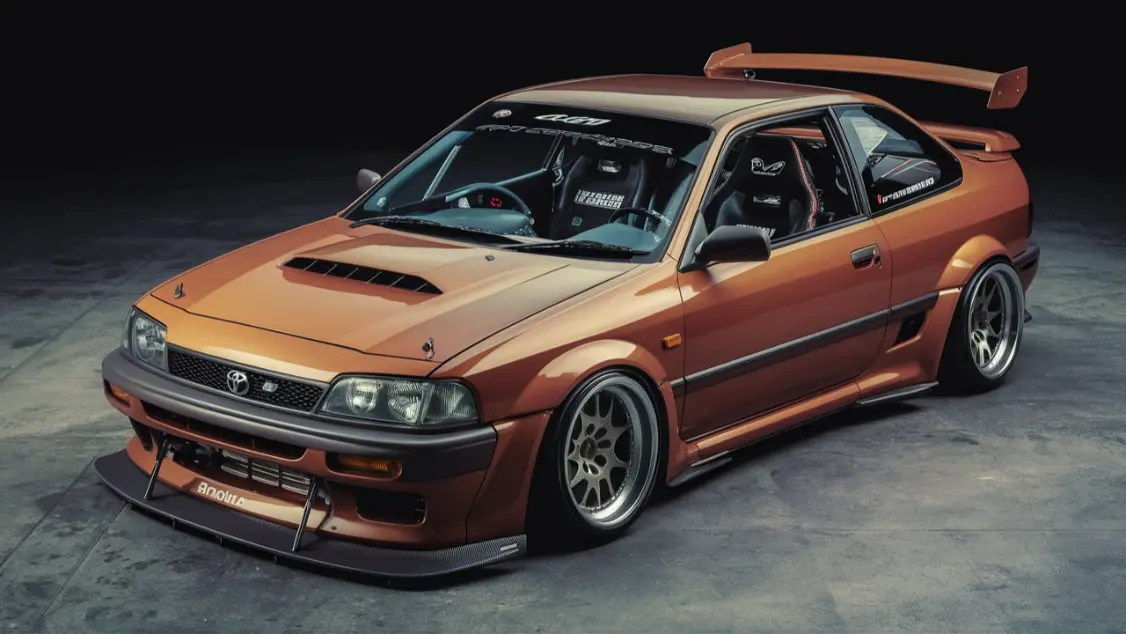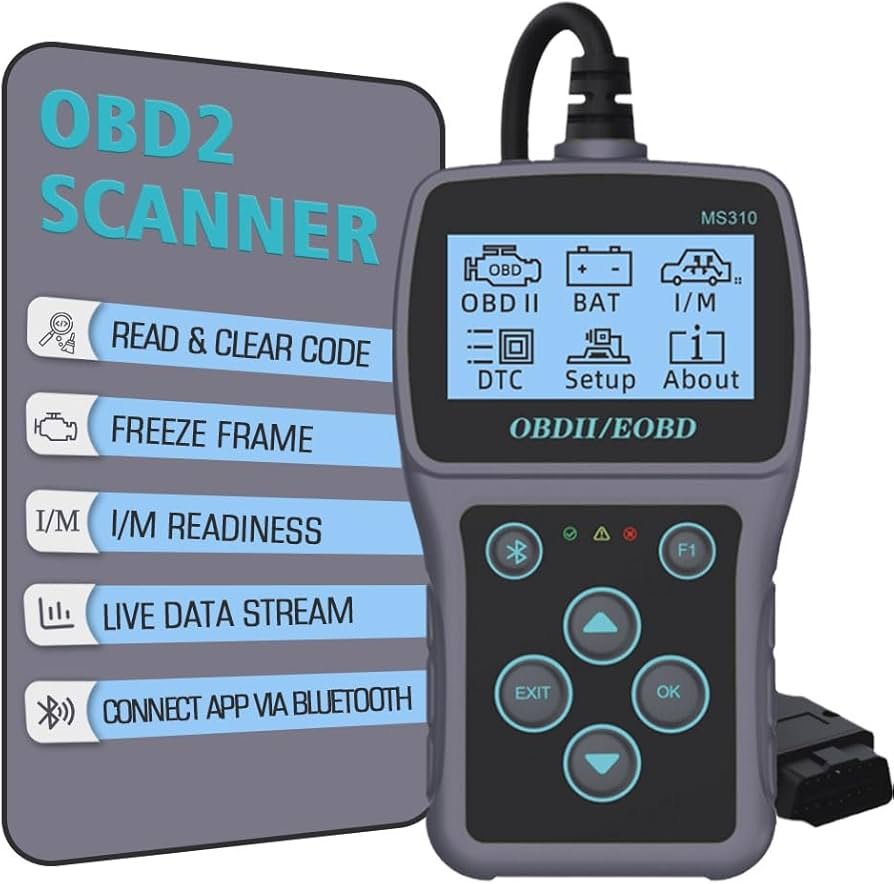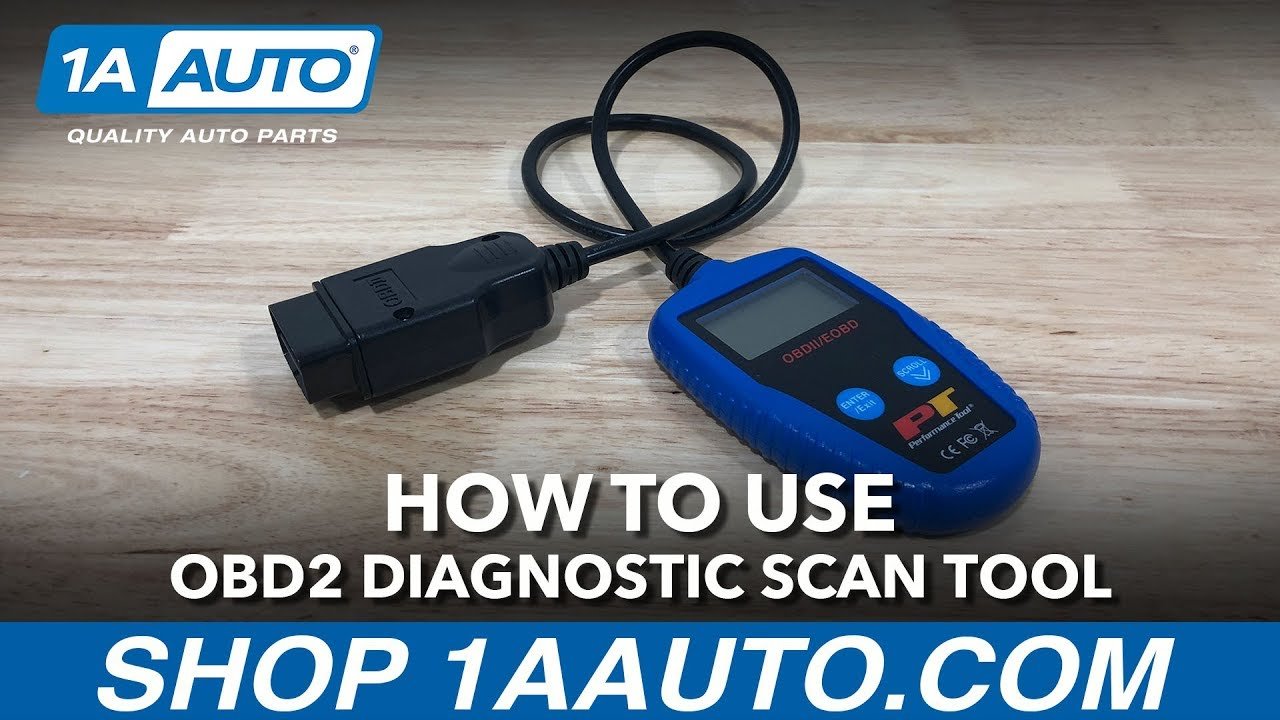As a 90s kid, I grew up idolizing cars like the Supra, AE90, and the iconic Celica. These cars were the stuff of legends, gracing our screens in Fast and Furious and Initial D. So, Why older generation Toyota is best for modification in 2025? Learn more
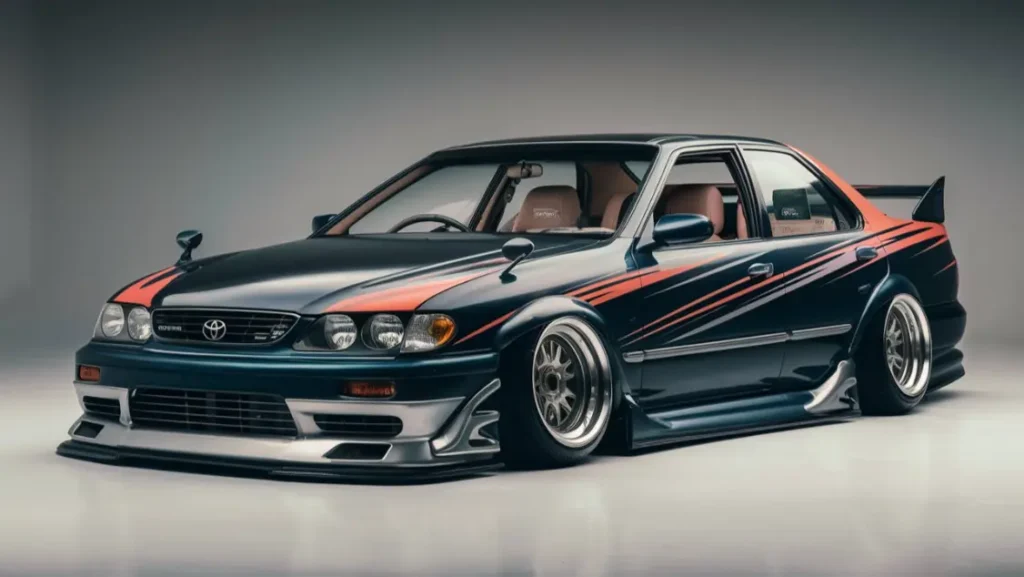
Popular Modification Trends
- JDM Style: This is a classic choice, involving widebody kits, aggressive aero parts, and lowered suspension.
- Stance: Focuses on extreme camber and fitment, giving the car a dramatic and eye-catching look.
- Retro Restomod: Combines classic styling with modern performance and technology.
- Track-Focused Build: Stripping the car down to the essentials and adding performance upgrades for maximum track performance.
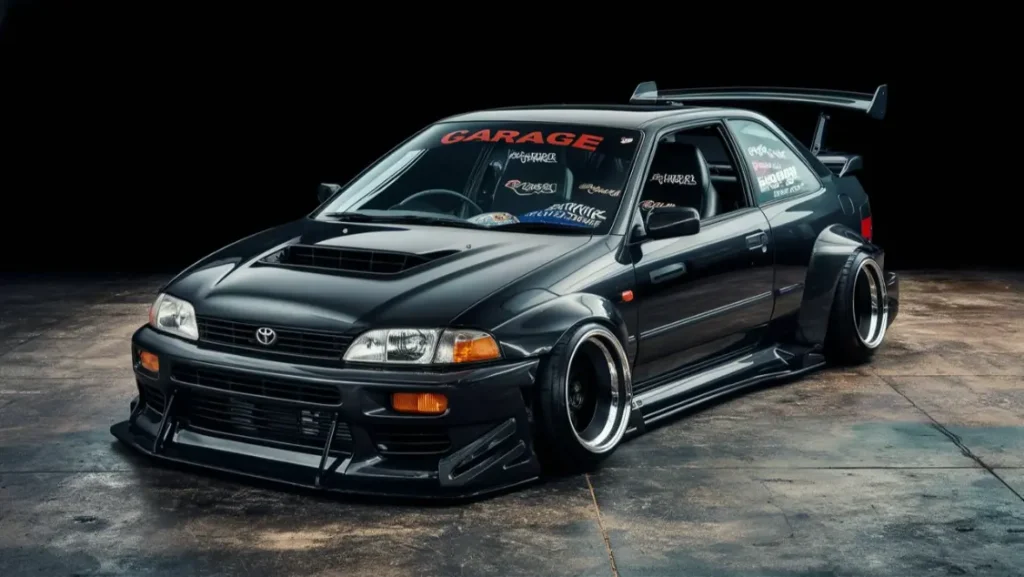


Why older generation Toyota is best for modification :The reason
Interior and Exterior
- Simple interior design: Older Toyota interiors are relatively simple and easy to modify, with fewer electronic controls and more mechanical components.
- Wide aftermarket support: There are many aftermarket interior and exterior parts available for older Toyotas, including seats, dash trim, and body kits.
- Classic styling: Older Toyotas have a classic styling that is often preferred by enthusiasts, with clean lines and simple design.
Engine
- Simple engine design: Older Toyota engines, such as the 2JZ, 3S-GE, and 4A-GE, have fewer electronic systems and less complex engine management, making them easier to modify and tune.
- Strong engine block: Toyota engines from the 1980s and 1990s have a reputation for being robust and durable, making them a great foundation for high-performance modifications.
- Wide aftermarket support: There are many aftermarket parts available for older Toyota engines, including performance camshafts, pistons, and crankshafts.
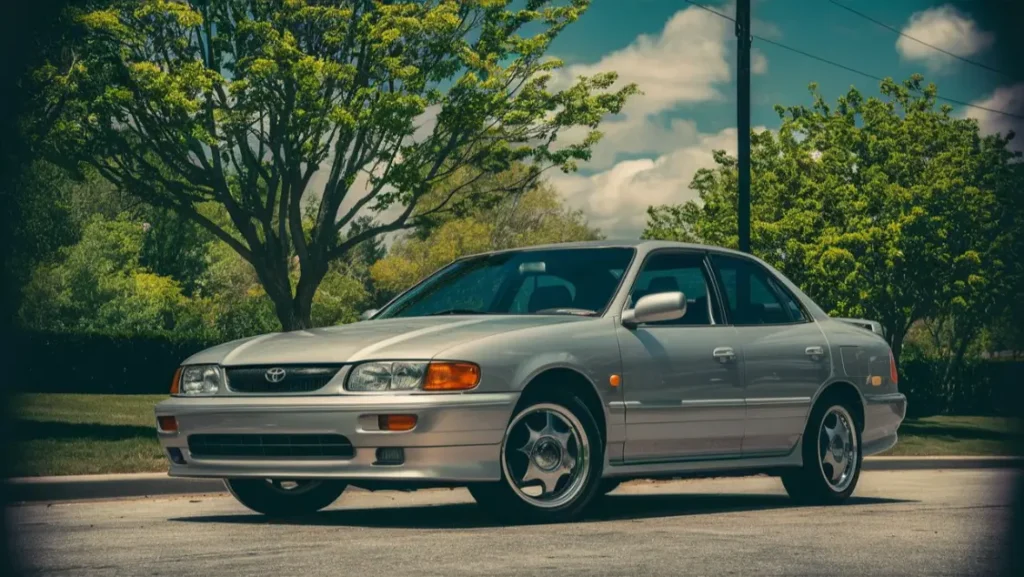

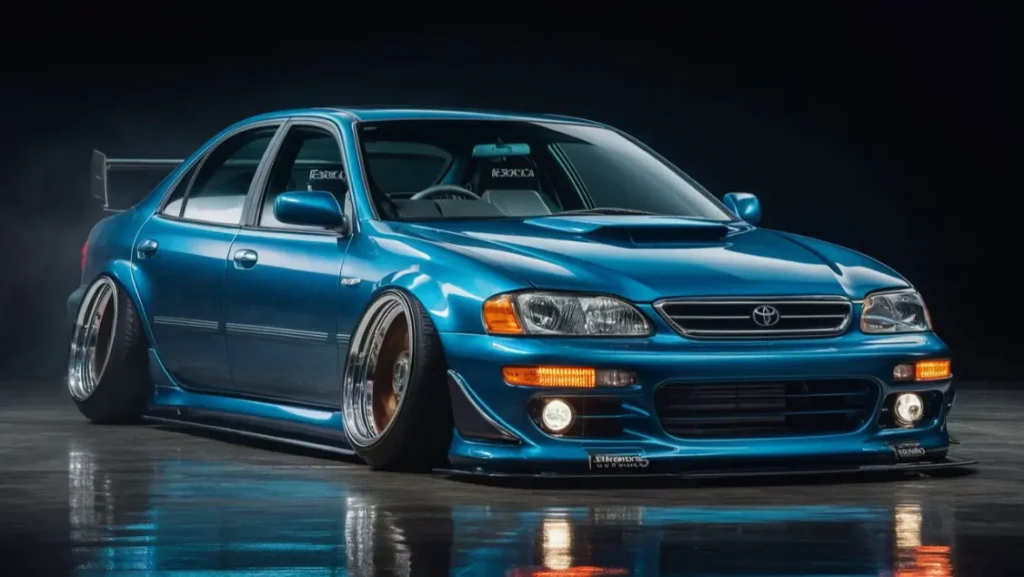

Transmission and Drivetrain
- Simple transmission design: Older Toyota transmissions, such as the W58 and R154, are relatively simple and easy to modify, with fewer electronic controls and more mechanical components.
- Strong transmission: Toyota transmissions from the 1980s and 1990s are known for their durability and ability to handle high-performance modifications.
- Rear-wheel drive: Many older Toyotas, such as the AE86 Corolla and Supra, have rear-wheel drive, which is often preferred by enthusiasts for its handling and drifting capabilities.
Suspension and Chassis:
- Simple suspension design: Older Toyota suspension systems, such as the MacPherson strut and live axle, are relatively simple and easy to modify, with fewer electronic controls and more mechanical components.
- Strong chassis: Toyota chassis from the 1980s and 1990s are known for their durability and ability to handle high-performance modifications.
- Wide aftermarket support: There are many aftermarket suspension and chassis parts available for older Toyotas, including coilovers, sway bars, and chassis bracing.
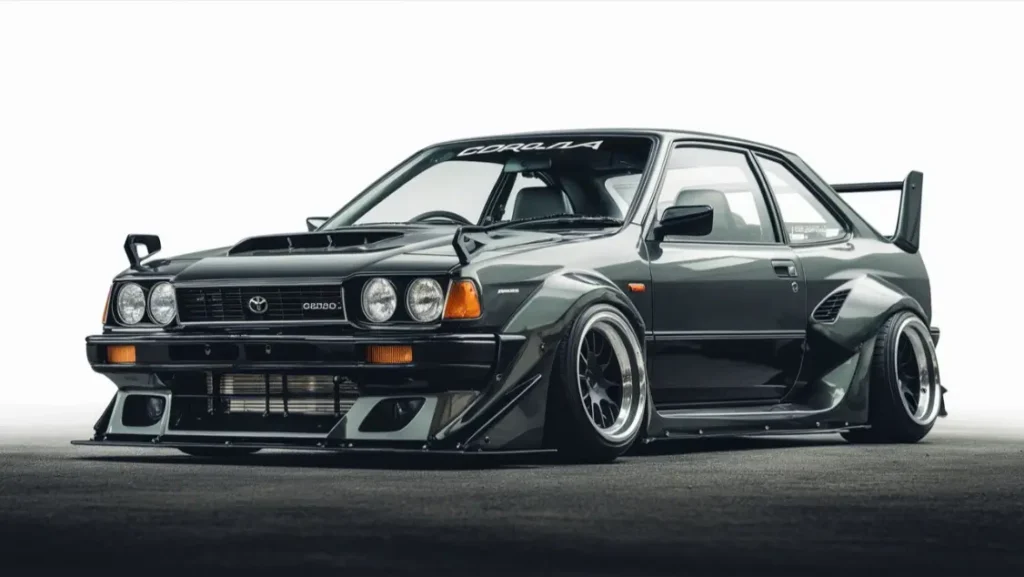
Electrical and Electronics:
- Simple electrical system: Older Toyota electrical systems are relatively simple and easy to modify, with fewer electronic controls and more mechanical components.
- Fewer electronic nannies: Older Toyotas have fewer electronic safety features, such as traction control and stability control, which can make them more enjoyable to drive and modify.
- Wide aftermarket support: There are many aftermarket electrical and electronic parts available for older Toyotas, including wiring harnesses, gauges, and engine management systems.
Older generation Toyota models for modification
Rear-Wheel Drive (RWD) Models:
- AE86 Corolla (1983-1987): A lightweight, rear-wheel drive Corolla with a strong following among drifters and track enthusiasts.
- Supra A60 (1978-1981): A classic sports car with a powerful inline-6 engine and rear-wheel drive layout.
- Celica GT-Four (1986-1995): A high-performance Celica with all-wheel drive and a turbocharged engine.
Front-Wheel Drive (FWD) Models:
- Corolla AE82 (1983-1987): A lightweight, front-wheel drive Corolla with a strong following among tuners and autocross enthusiasts.
- Corolla E110 (1987-1992): A rear-wheel drive Corolla with a strong engine and simple suspension design.
- Toyota Carina T210 (1996–2001): A front-wheel drive car with a strong engine and simple suspension design.
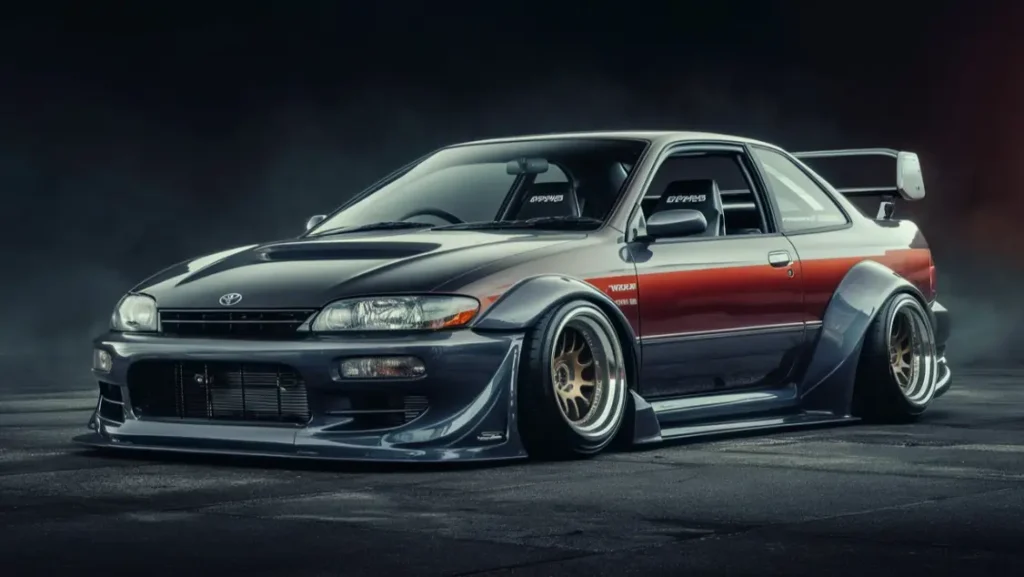


4×4 Models
- 4Runner (1984-1995): A mid-size SUV with a strong engine and four-wheel drive system.
- Land Cruiser (1984-1998): A full-size SUV with a strong engine and four-wheel drive system.
- Hilux (1978-1987): A compact pickup truck with a strong engine and four-wheel drive system.
Popular Engines for Modification
- 2JZ-GE (1989-1998): A 3.0L inline-6 engine with a strong following among tuners and drifters.
- 3S-GE (1986-1995): A 2.0L inline-4 engine with a strong following among tuners and autocross enthusiasts.
- 4A-GE (1983-1991): A 1.6L inline-4 engine with a strong following among tuners and autocross enthusiasts.
Why Hybrid Car Modification is Not Recommended in 2025
- Complexity: Hybrid cars have complex powertrains, with multiple electric motors, batteries, and control systems. Modifying these systems can be extremely challenging, even for experienced tuners.
- Safety Concerns: Hybrid cars have high-voltage electrical systems that can be hazardous to work with. Modifying these systems can increase the risk of electrical shock, fire, or other safety hazards.
- Emissions Regulations: Hybrid cars are designed to meet strict emissions regulations, which can be difficult to maintain after modification. Modifying a hybrid car can lead to emissions non-compliance, which can result in fines, penalties, or even vehicle confiscation.
- Warranty and Liability: Modifying a hybrid car can void the manufacturer’s warranty, leaving the owner liable for any damages or repairs. Additionally, modifying a hybrid car can also increase the risk of accidents or injuries, which can lead to costly lawsuits.
- Limited Aftermarket Support: The aftermarket support for hybrid car modifications is still limited, making it difficult to find compatible parts, tuning software, or experienced technicians.
Potential Hybrid Car Modification Opportunities in 15-20 Years
- Hybrid Powertrain Upgrades: Upgrading hybrid powertrains with more efficient or powerful electric motors, batteries, or control systems.
- Engine Swaps: Swapping out internal combustion engines with more efficient or powerful alternatives, such as hydrogen fuel cells or advanced diesel engines.
- Battery Upgrades: Upgrading hybrid batteries with more advanced or efficient battery technologies, such as solid-state batteries or advanced lithium-ion batteries.
- Aerodynamic and Weight Reduction Modifications: Modifying hybrid cars with aerodynamic body kits, lightweight materials, or advanced wheel designs to improve performance and efficiency.
- Advanced Electronics and Software: Developing advanced electronics and software to optimize hybrid powertrain performance, efficiency, and safety.
These are just a few examples of older generation Toyota models that are well-suited for modification. The best model for you will depend on your specific interests, skills, and goals.
You may like our other Article:
- 10 Misconceptions About Toyota Hybrid Technology
- Is Toyota Land cruiser 2024 a hybrid
- Why Hybrids Are Beating EVs In The USA
- Why Atkinson Cycle Engine used in hybrid vehicles
- Toyota 1MHV system
No related posts.

